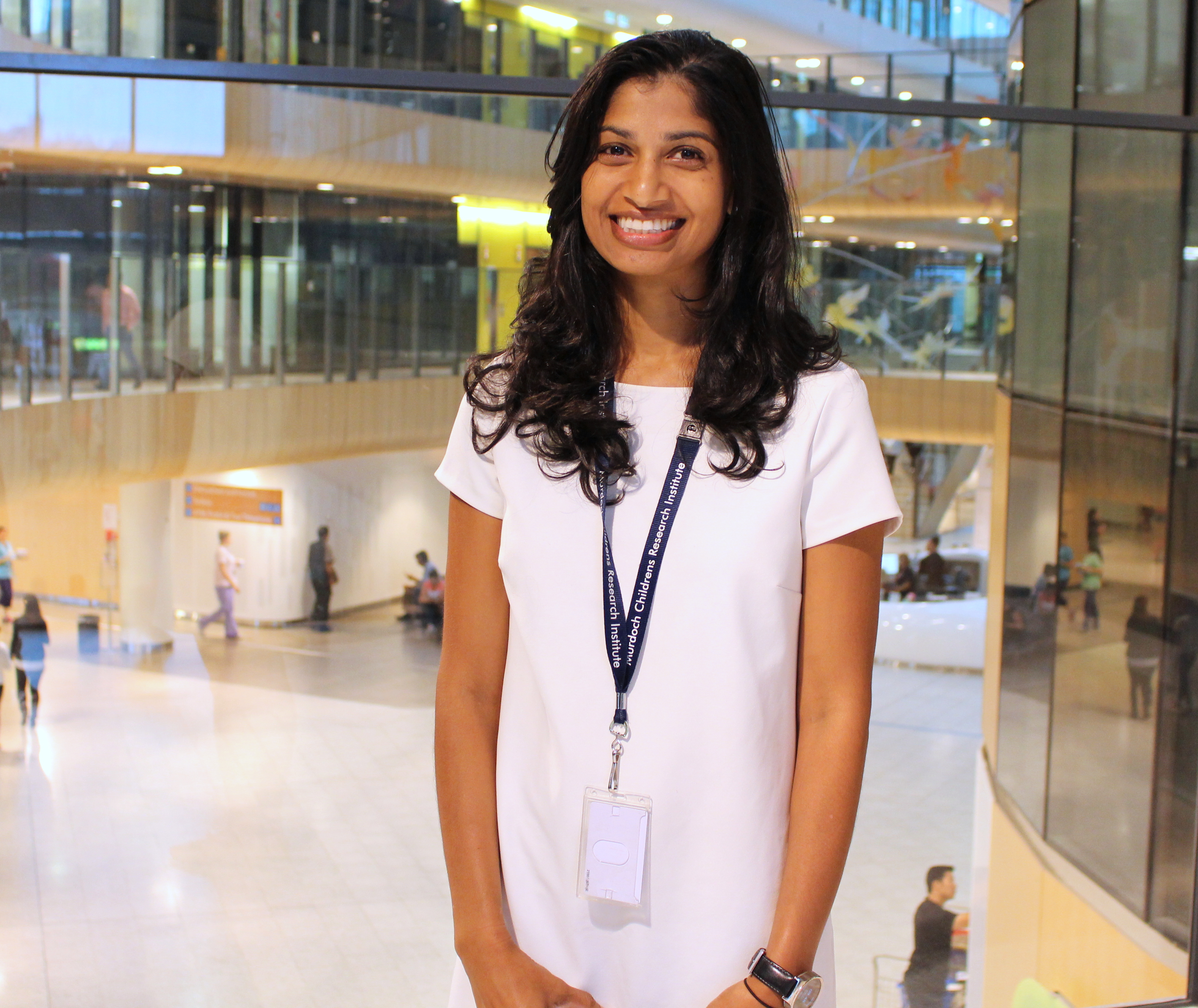
Written by Dr Mihiri Silva | Environmental & Genetic Epidemiology Research, Population Health, and Plastic Surgery Research, Cell Biology, Murdoch Children's Research Institute
Happy World Oral Health Day!
Tooth decay is one of the most common childhood diseases, affecting half of all six-year-old children in Australia.
Decay rates have been increasing since the turn of the century, and studies show the problem is so severe that one tenth of Australian children are reported to have extreme levels of decay – with more than 10 decayed teeth in their mouth!
The really puzzling part is that tooth decay is almost entirely preventable. In fact, for many years now, we have been anticipating the end of tooth decay. So why is it still so common?
Are some of us are more prone to decay because of our genes? Do some people just have weak teeth? Is it because we are eating more sugar than ever before? Or are there more complex reasons that might involve some or all of these factors?
Here at MCRI, we're studying twins to try and find out the answers to these questions.
Dental decay causes toothache, which can stop kids from eating, playing and attending school. So it's not surprising that studies have linked dental decay with poor nutrition, growth and intellectual development.
Even more alarmingly, infections caused by dental decay can spread rapidly throughout the body, making children really sick. It's not uncommon for children as young as two to be hospitalised for treatment of these infections.
Oral diseases are also linked to a variety of other conditions, from asthma to cardiovascular disease and even some cancers.
Improving oral health will not only help individuals, but could also result in wider benefits to the community. This is where our research comes in.
Our twins study means we can explore how much of dental decay is due to nature (our genes) and how much is due to nurture (our environment and non-genetic factors).
Teasing apart the role of these early life influences is challenging, but studying twins can offer invaluable insights. Twins share their genes and many early-life experiences, so they can help us to pinpoint factors that aren't related to genetics.
Although twins share many environmental exposures, such as maternal illness and lifestyle, even identical twins have differences, such as birth weight and early life illness.
By providing a clearer picture of the role of genes and environment in dental decay, we hope to help identify children at risk, long before the first tooth crumbles. Even better – we might one day be able to prevent tooth decay with early intervention.



